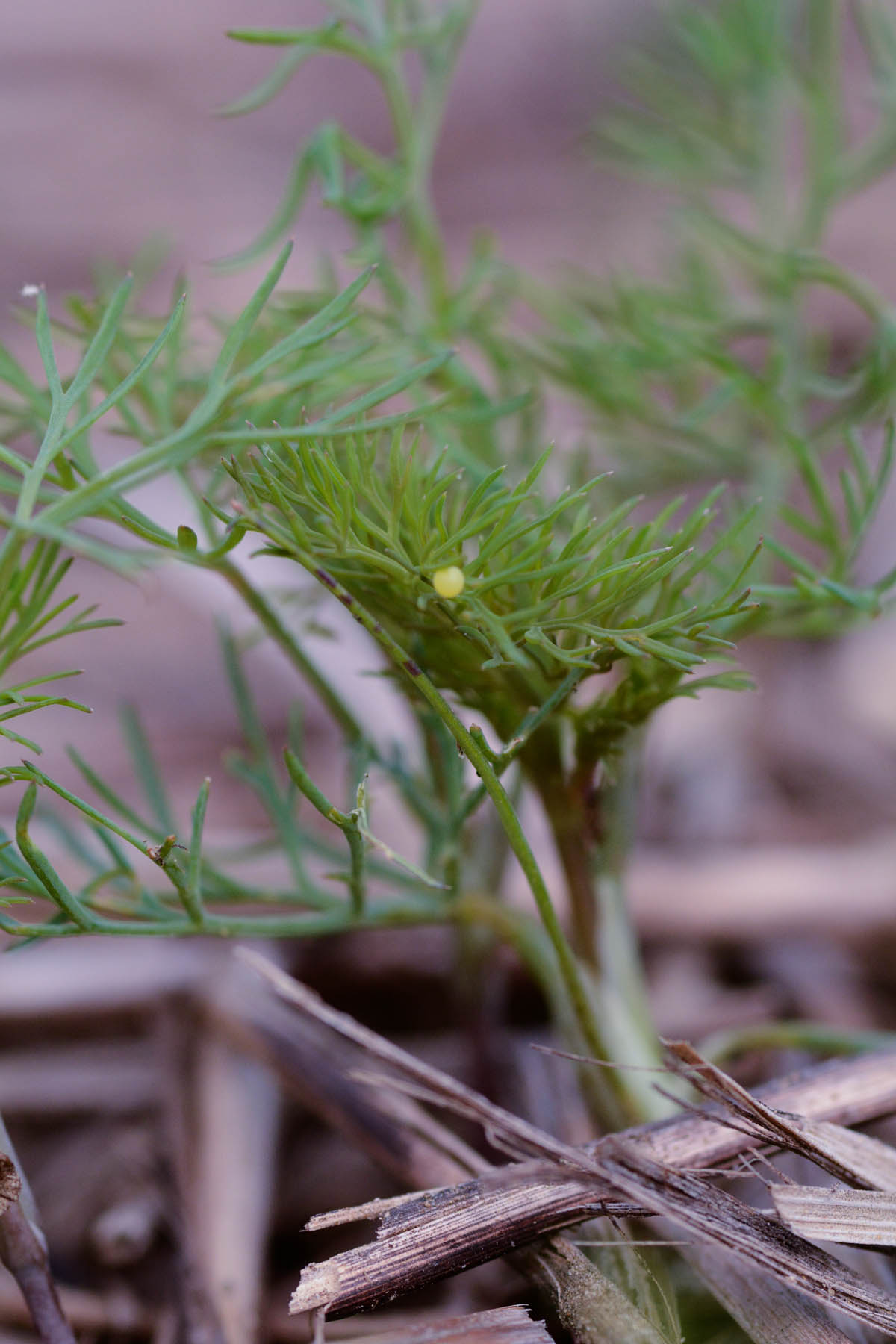Big Night

I’ve been watching wood frogs at a local-to-me vernal pool for more than a week now, hearing the males “quack” and watching the females arrive, observing amplexus (male frogs mounted on top of egg-laying females, fertilizing said eggs), counting egg masses. But I wasn’t seeing any signs of the other amphibian species that usually return here in the spring: spotted salamanders or spring peepers. All that changed last night.
It started raining at about 6pm, and continued most of the night. Temperatures hovered around 45 throughout. At 9pm, I recruited a few accommodating family members, hiked over to the pond, and steeped smack into the biggest Big Night of our lives.
We saw at least a dozen spotted salamanders wiggle-walking toward the pond, or already in it.
We heard (but didn’t see) our first peepers of the season.
We even observed wood frogs leaving the pool, hopping back to the woods.
Sometimes the world feels overwhelming in really hard ways, and sometimes it feels overwhelming in really good ways. The trick, I remembered last night, is to keep our eyes open for both.
Happy exploring, friends. xo
Postscript: If you need a little background on Big Night, here’s an essay I wrote about it for Yankee magazine last spring.










